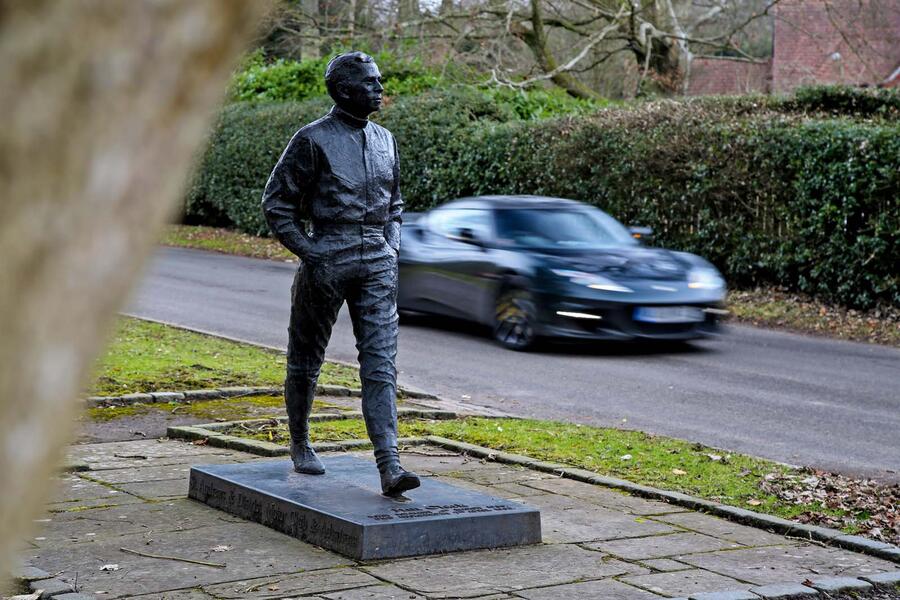Two-time Formula 1 world champ Jim Clark was the most talented racing driver of his era, and maybe ever
The seventh day of April, 1968. One of the worst days of my life, and even after all this time the sadness remains.
That day my hero, Jim Clark, died in a Formula 2 accident on the Hockenheim circuit in Germany, when a rear tyre deflated and sent him into the trees at far too high a speed for any kind of recovery.
At the time, 32-year-old Clark was at the pinnacle of a wonderful career, having proved his supremacy by winning two Formula 1 world championships, lots of sports car races, the British Touring Car Championship and the Indianapolis 500.
Even his best rivals knew that if Clark was racing, he would probably win. His death was shocking, not just to race lovers but also to the world’s racing stars. If Clark can die, they said, what chance do we have?
My own admiration for Clark wasn’t just based on his dominance. It was also about his modesty and his abiding humility as he deployed a talent simply beyond the rest.
The racing world abounded with tales of his skill. I still treasure an account of Clark driving as many practice laps as a team-mate, posting faster times, and returning to the pits with his tyres less worn.
Smoothness was his mantra. At one stage, he scored a win by “driving around” a collapsing rear suspension. In another race, he dealt with fluctuating oil pressure by cutting the engine in corners.
The tale I like best is famous from all of the biographies but was also recounted to me by his friend and mentor, the late Ian Scott-Watson, on one of my ‘heritage’ visits.
Clark had been doing well in local sprints and autotests so in June 1956, without telling him, Scott-Watson entered his friend into his first-ever motor race, an eight-lapper for sports cars at Crimond, 200 miles from home because Clark’s parents would have disapproved.

The car was Scott-Watson’s 900cc three-cylinder two-stroke 34bhp DKW Sonderklasse. The field contained Jaguars, Lotuses, an MG and a Triumph so Clark started and finished eighth out of eight.
But he lapped the DKW three seconds quicker than its owner, a decent driver, which meant that Scott-Watson was severely penalised in a later handicap race for apparent sand-bagging in practice.
Two years later, Clark was racing a Jaguar D-Type. Two and a half years later, he nearly beat Colin Chapman at Brands Hatch in Scott-Watson’s road-going Lotus Elite.
The following March, he won his first open-wheeler race and by mid-year he was in the Lotus F1 team.
What saddens me is that had Clark lived, I’d have met my hero by now. Such are the privileges of my work that over the years I’ve driven with, and visited, John Surtees, Stirling Moss, Jackie Stewart and others.
I’ve stood outside the gates of Clark’s Scottish former home too, but I never met him or even heard him speak. It’s one of the regrets of my life.
Source: Autocar RSS Feed


